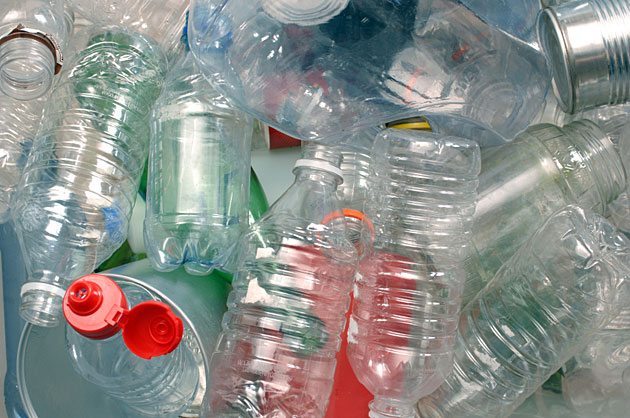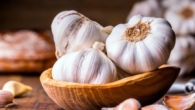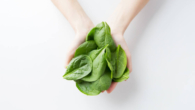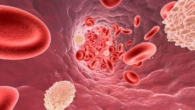
A new threat to health has been named
0
According to experts, a person consumes so much plastic that in one week he “eats” a credit card, and for the rest of his life – a car tire, writes Türkiye. The publication cites a comment by nutritionist Dilara Kochak, who assures that this danger is not only on our table, but also in the air.
A study conducted recently in Great Britain once again revealed the dangers of plastic in our lives. According to the obtained results, every day we inhale about seven thousand plastic particles that enter the air from our clothes, toys, and furniture. Also taking into account the plastic that ends up on our tables with food, seafood and used to store the products we eat and drink, we “eat” about one credit card every week.
100 times more dangerous than expected
According to the definition of the US National Oceanic and Atmospheric Administration and the European Chemical Agency, plastic fragments smaller than five millimeters are called microplastics, and smaller than one ten-thousandth of a millimeter are called nanoplastics. The danger of plastic is 100 times higher than it is supposed to be, it is a new threat to health, which can be put in the same row as asbestos and tobacco, draws the attention of nutritionist Dilara Koçak (Dilara Koçak).
It turns out that along with visible plastic, such as disposable plastic products, plastic bottles, bags used to store food, our bodies also get tiny plastic particles that we cannot see, Dilara Kochak drew attention: “Nanoplastic is so small and light, that can be carried in the air around us. It has been found in a variety of foods and beverages, including bottled and tap water, salt, sugar, and seafood.
One of the most important sources is the plastic released with the exhaust gases of cars in big cities. City dwellers breathe plastic. The plastic that we pour into the sea breaks down and turns into microplastic, and all this enters our body together with fish and sea salt. Every second fish in the Mediterranean Sea has plastic in its stomach. There are also microbeads that are used in many cosmetic, wellness, and cleaning products. Thinking that we are cleansing, purifying or becoming more beautiful, we find ourselves surrounded by microplastics.”
Causes allergies and cancer
According to the expert, microplastic is dangerous because it does not decompose, and its most well-known health consequence is allergies. “Now, children are born with allergies even to mother's milk,” Kochak notes. – Microplastics are found even in the placenta of a pregnant woman. This affects the development of the fetus. Everything we eat dissolves in the intestines.
And microplastics that enter the intestines disrupt the intestinal microbiota, which governs our entire health, and weaken immunity.” Noting that the presence of plastic in the body, obtained from the air or food, can cause stress and changes in metabolism, Kochak added: “this state of affairs can affect the body's ability to fight infections, create problems with the reproductive system and potentially cause cancer “.
The expert explained that when you get an idea of the amount of plastic that we consume without knowing it, the extent of the danger will become obvious. “We consume approximately 21 grams of plastic per month and more than 250 grams per year. In our lifetime, we eat plastic the size of a car tire. The amount of plastic we swallow in a year corresponds to the size of a hard hat, in three weeks – a comb, in five weeks – hangers, in a week – a credit card”.
Where is the remaining eight billion plastic?
Of the nine billion tons of plastic produced to date, only 9% has been recycled. Most of the remaining gum ended up in the environment, the sea, was buried or burned. Thus, part of it appeared in the human body.
“Life Support Diary”
Dilara Kochak’s book “Life Support Diary”, in which she draws attention including on the dangers of plastic, was published this year in Turkish and English with the support of the UN. The research, which includes answers to the question of “how we can ensure a better life in a cleaner world”, is both a relevant scientific work and a guide to action.
A book about behavior that will benefit both human health and the health of the planet, contains a breakdown by 12 months of the year, while providing information on specific days and products related to each month. To stay alive and healthy, it is necessary to consume natural resources much less and more efficiently, says Dilara Kochak. “After all, if the water runs out, the soil will be poisoned, hunger and poverty will become deeper and deeper. We must protect nature in order to nurture the future,” said Kochak









Leave a Reply